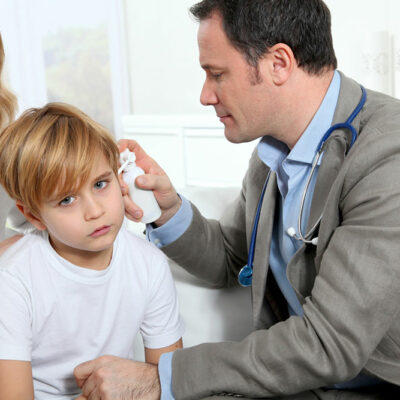
Infectious Disease
Risk factors, diagnosis, and treatments for a typhoid infection
Typhoid fever is a serious health threat caused by salmonella typhi bacteria. The infection spreads through contaminated food and water sources. The infection can also spread via a person’s stool as it contains a high concentration of the salmonella virus contaminating groundwater sources from seepages in the drainage system. Most people who have been infected once can become carriers of the virus. Some people also experience mild to moderate symptoms of typhoid indicating they are long term carriers of the virus. Noticeable symptoms of a severe typhoid infection include the following: High fever that can go upwards of 104 Fahrenheit. A poor appetite that deprives the immune system of the essential vitamins and nutrients. Peritonitis leading to the inflammation of peritoneal membranes causing bloating. Intestinal bleeding or perforation of the lining in the advanced stages of the condition. Persistent bouts of diarrhea or constipation. Risk factors associated with typhoid Developing and underdeveloped countries are at high risk of typhoid as the bacteria can easily spread to contaminate various food and water sources. One must be aware of the possible sources of contamination including drinking water wells and plumbing systems. Groundwater contamination due to faulty plumbing and sewage systems automatically increase the risk of infection as major cities and towns rely on a single source of water supply to meet daily requirements.
Read More 













